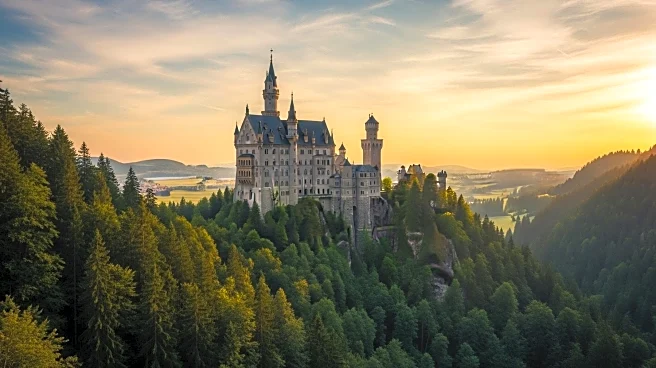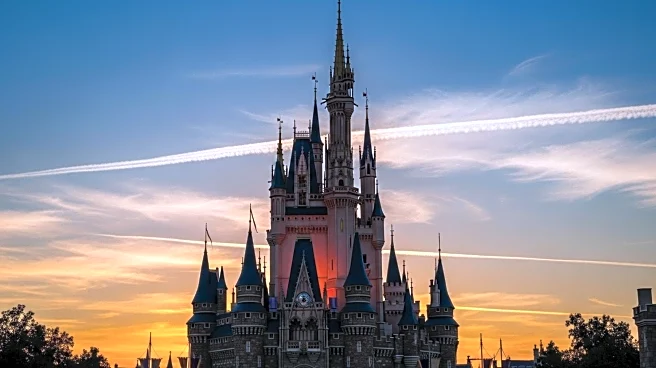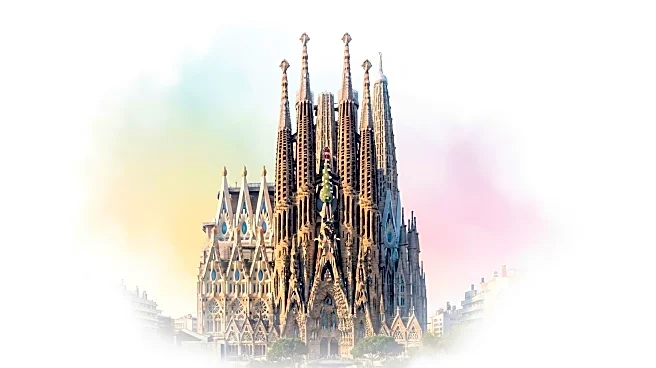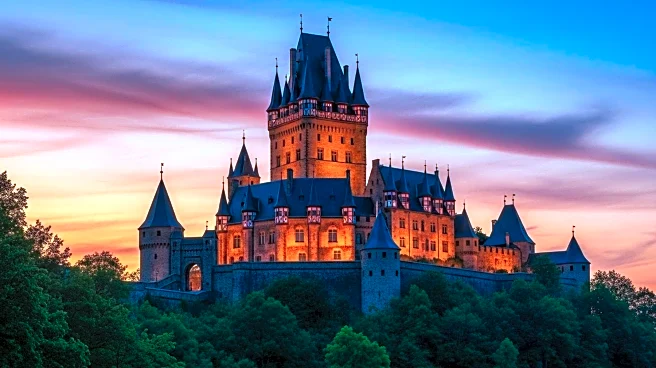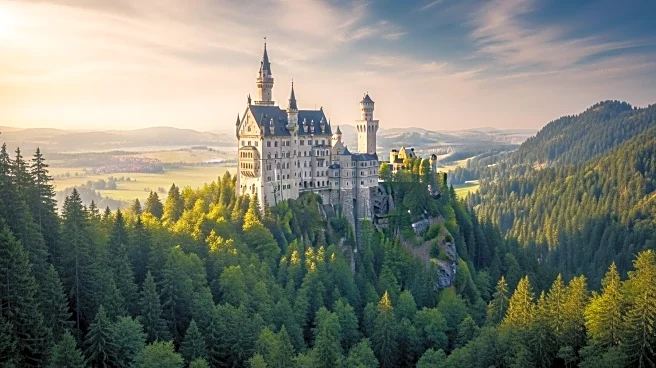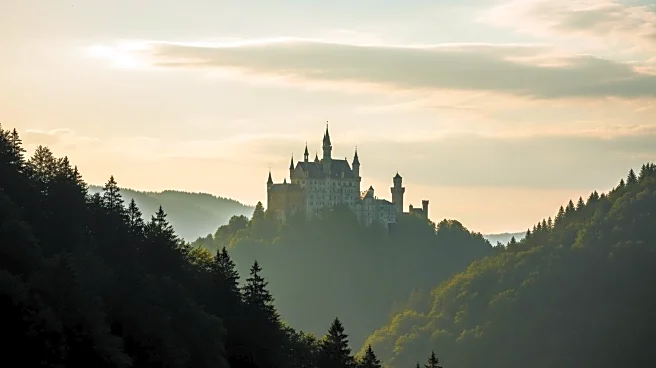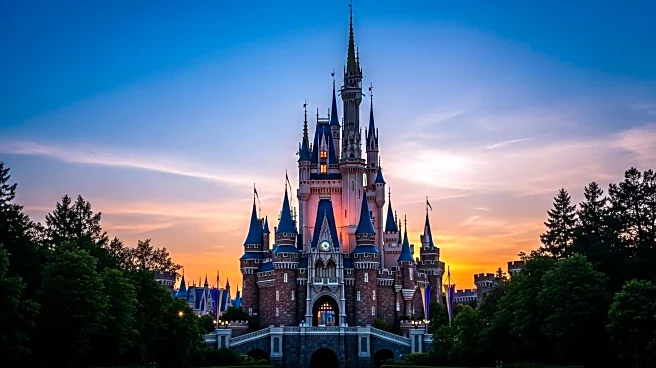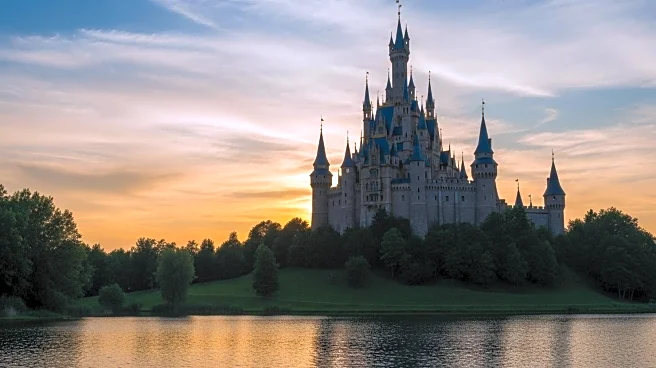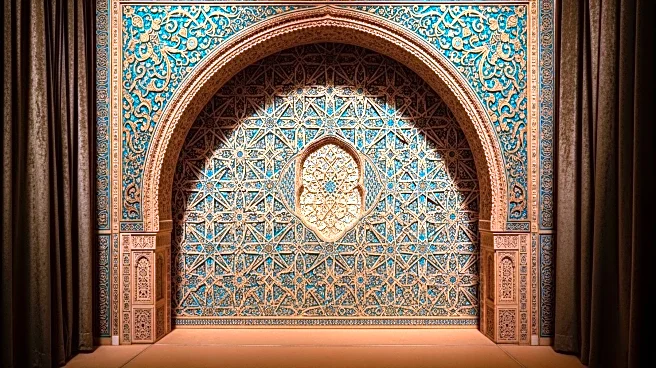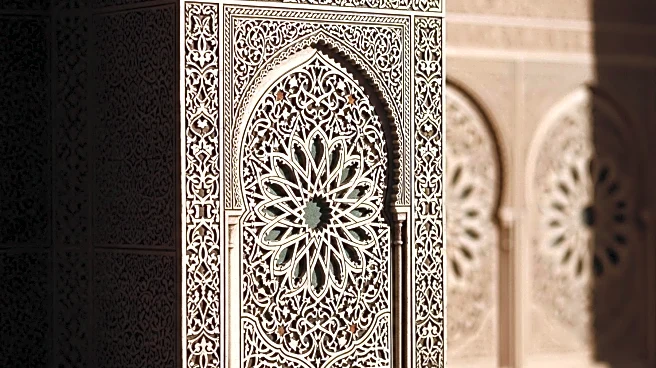Neuschwanstein Castle, a masterpiece of 19th-century architecture, has achieved numerous milestones since its inception. Commissioned by King Ludwig II, the castle was designed as a tribute to Richard Wagner and reflects the romantic ideals of the era. Its construction and subsequent recognition as a UNESCO World Heritage Site highlight its significance in Bavarian culture.
Early Milestones
The early milestones of Neuschwanstein Castle began with its commissioning by King Ludwig II in 1869. The laying of the foundation marked the start of a project that would become a symbol of Ludwig's reign and artistic vision. The selection of architects Christian Jank, Eduard Riedel, and Georg von Dollmann was crucial in shaping the castle's Romanesque Revival style.
Breakthrough Moments
A breakthrough moment in the castle's history occurred with the topping out ceremony in 1880, signifying the completion of the main structure. This milestone was celebrated despite the castle remaining incomplete at Ludwig's death in 1886. The opening of the castle to the public transformed it into a cultural landmark, attracting visitors from around the world.
Recent Developments
Recent developments include Neuschwanstein Castle's recognition as a UNESCO World Heritage Site, solidifying its status as a cultural monument. The castle continues to attract millions of visitors annually, who come to experience its fairy-tale charm and learn about its storied past. Preservation efforts ensure that the castle remains a testament to Bavarian heritage.
Lasting Impact
The lasting impact of Neuschwanstein Castle is evident in its influence on popular culture and architecture. Its fairy-tale appearance has inspired numerous adaptations, including Disney's Sleeping Beauty Castle. The castle's romantic allure and historical significance make it a focal point for studies in architecture and history.
 Discover Daily • 8 min read
Discover Daily • 8 min read 